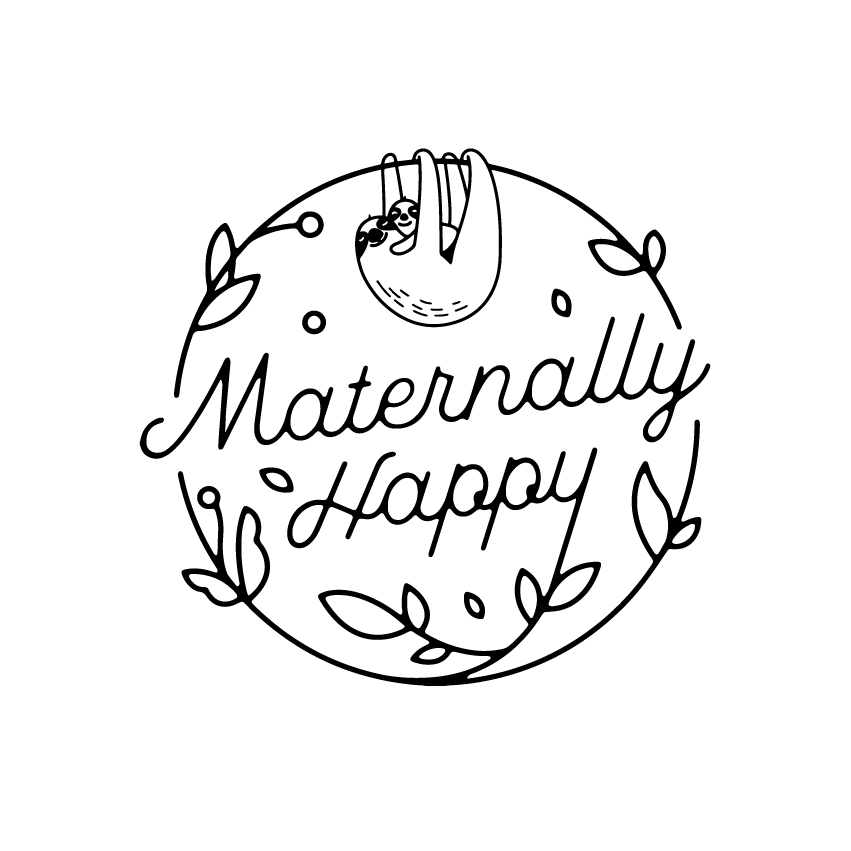




A study conducted by the Environmental Working Group (EWG) in the United States tested the umbilical cord blood of 10 newborns for 413 chemicals across two major laboratories. The results were concerning, with the babies' cord blood containing an average of 200 industrial chemicals and pollutants. Since cord blood reflects what passes through the placenta, this suggests that chemical exposure during pregnancy is being directly transferred to the fetus.
In total, 287 chemicals were detected in the umbilical cord blood, many of which have been linked to health risks. The potential dangers posed by microplastics are especially concerning for infants and unborn babies due to their developing bodies which we will discuss further in this blog.
Microplastics have been discovered in the placentas of unborn babies for the first time. With only about 4% of each placenta analysed in the study below, the actual number of microplastic particles present is likely much higher, suggesting a far more pervasive issue.
The study identified a dozen plastic particles, all of which were dyed blue, red, orange, or pink. These particles likely originated from packaging materials, paints, cosmetics, or personal care products. This limited analysis, covering just a fraction of the placenta, underscores the possibility that there may be a significantly larger quantity of microplastics in these vital tissues.
Microplastics are tiny plastic fragments, less than 5 mm in size, that have become a global concern due to their potential risks to human health and the environment. These tiny particles can originate from a variety of sources, including the breakdown of larger plastic debris, micro-beads in personal care products, and synthetic fibres from clothing.
The risks posed by microplastics are particularly concerning for infants and unborn babies. Infants have underdeveloped metabolising enzymes and a reduced ability to eliminate microplastics. Additionally, their organs are highly sensitive and more vulnerable to damage. The presence of microplastics in the placenta suggests these particles could impact fetal development, potentially leading to long-term health consequences.
Compounding the issue, plastic products contain a complex mixture of over 40,000 chemicals (Zimmermann et al., 2020). Research shows that some plastics can leach more than 80% of their chemicals into water, raising significant concerns about human exposure (Zimmermann et al., 2021).
Pregnancy and childhood are critical windows of vulnerability to environmental toxins. Decades of research have shown that even small exposures to hazardous chemicals during early development can have profound and long-lasting impacts on health (Landrigan and Etzel, 2013). These exposures can disrupt normal development and increase the risk of health issues later in life (Vizcaino et al., 2014).
Given that microplastics are pervasive (found in the food we consume and the products we use daily), reducing newborns' exposure to them is crucial. To minimise microplastic exposure during these vulnerable stages, we made the conscious decision to store our baby wash and baby oil in amber glass bottles. Additionally, our baby wash contains reverse osmosis water, which filters out microplastics, further reducing exposure for your newborn. This was a key focus in our research and development process. You can explore our range here.
The discovery of microplastics in the placentas of unborn babies serves as a reminder of the implications of plastic pollution. This underscores the urgent need for further research to understand the full extent of microplastic contamination and its potential health impacts. Additionally, it highlights the importance of addressing plastic pollution at its source, reducing plastic usage, and finding safer alternatives to protect future generations. The health of our children depends on collective action to tackle this growing concern.